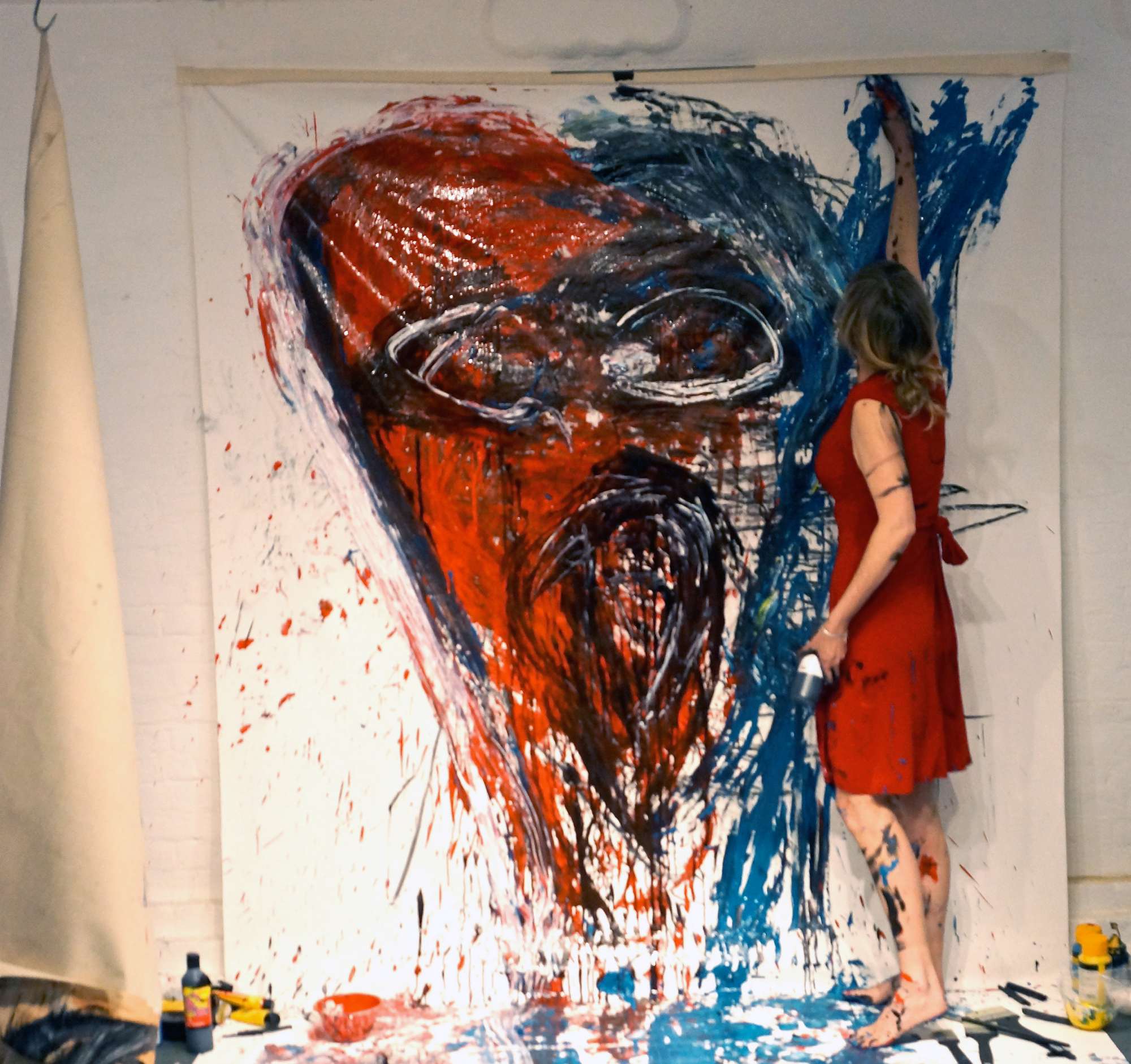
Huffington Post – The Art of the Stunt
Pricing A Painting At £1.3m In 2005: The Art Of The Stunt
Many artists have used stunts to gain attention. For example, Christo caused a blockade with oil barrels in 1962 in a Paris street, which claimed the front page the following day. It is essential for artists have to promote themselves or they will sit with their work in a vacuum.
Artist, celebrity or star – is there a point in being a famous artist? Not unless you want to make money, and even that isn’t guaranteed. The art market is all about money, and increasingly about PR, cross-branding, and combining art in a cross-collaboration between artist and luxury branding. Today, many works of art are mass produced in a factory where the artist is no longer involved in the process. The art market is a huge business, and much of the work the public can see is what they’re allowed to see. The high end of the cultural industry is organised by people with money and censored by market forces. Someone with wealth and connections, or a gallery that can afford a PR agency has to open the door for the working class, female, black, and transgender artists. Nowadays, work alone is not enough, and artists have to work hard and make use of the system that has developed and exploit it for what it is.
In the past, I used the system and gained attention through stunts. In 2005, I exhibited a painting called ‘Opera Paese’ in London at Home House Members Club. The price of the work was £1.3m. At the time, the art market was going crazy with huge prices from relatively unknown artists. Brian Sewell, leading established art critic in London, sent me a handwritten letter telling me I had no right as an unknown artist to claim the £1.3m price. This provocation worked, launching me and my work into the next phase.
Many artists have used stunts to gain attention. For example, Christo caused a blockade with oil barrels in 1962 in a Paris street, which claimed the front page the following day. It is essential for artists have to promote themselves or they will sit with their work in a vacuum. In 2009, I was asked by Jenni Murray of BBC Radio 4 if I was presenting myself as a sexual object during my naked performance where the audience paints my body. I replied, “No, I am asking the audience to see a person,” but the truth is, the naked female body gains attention. It worked, as I knew it would. Being naked was an important part of the work, making it about vulnerability and trust. The fact that I was a young, female artist putting my body on display warranted an image in The Times. The image was extremely popular, and more commissions followed. My naked body performance was used in the 2010 General Election campaign in the UK, as a way of encouraging first time voters to ‘Use Your Body Use Your Vote.’ The results were impressive: Stephen Fry tweeted about it, 6 million people saw it, and it was written about in the press.
By Pauline Amos.
To read the full article: Click Here